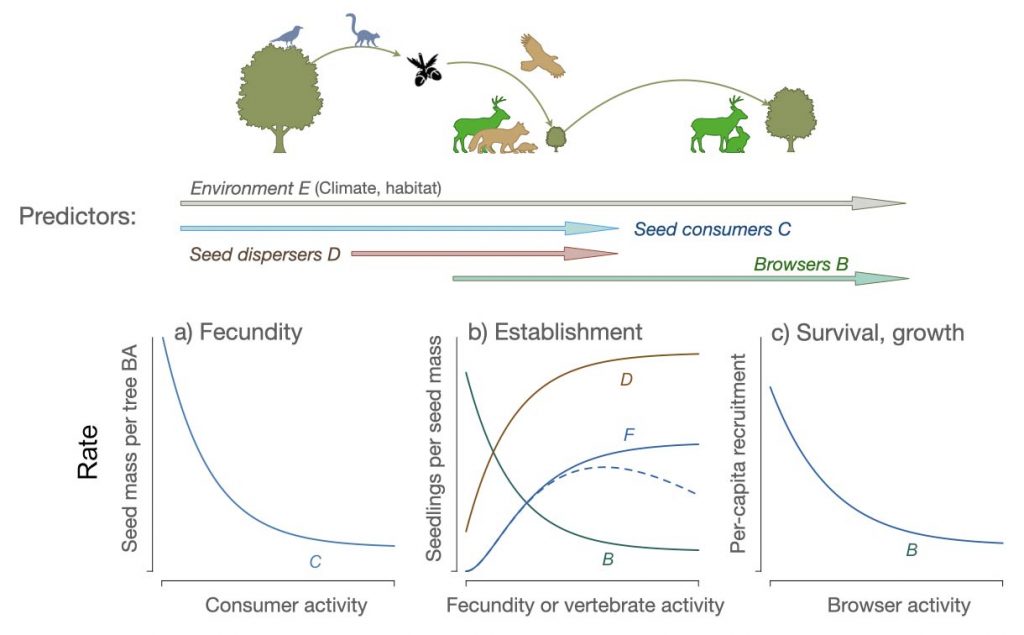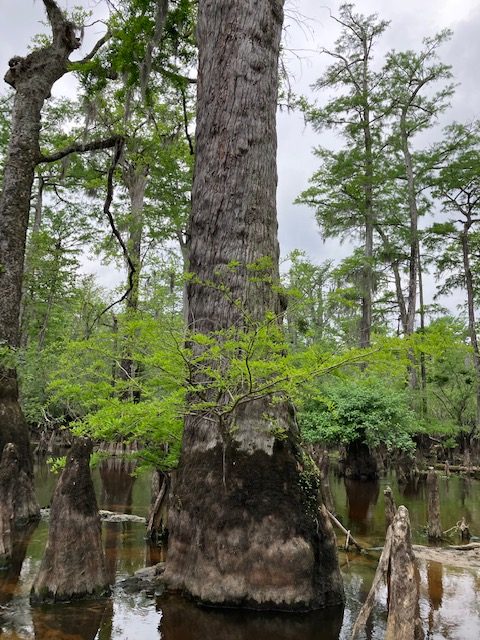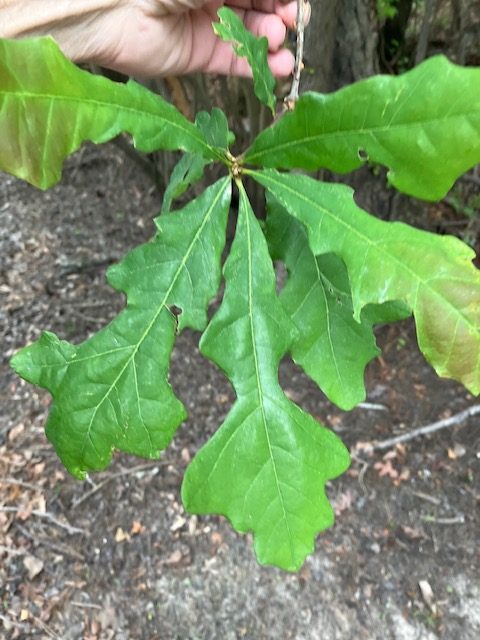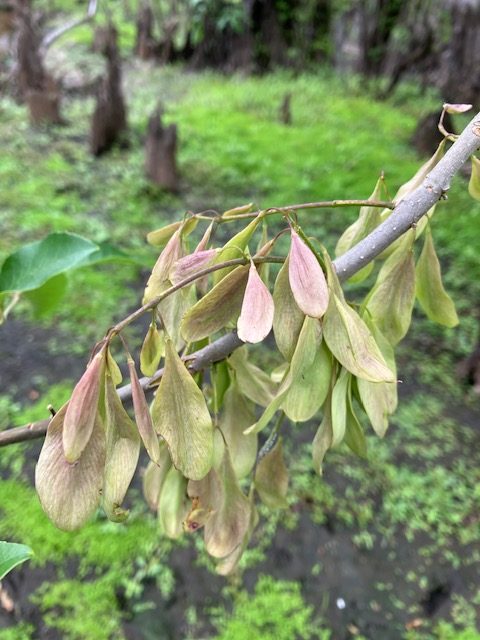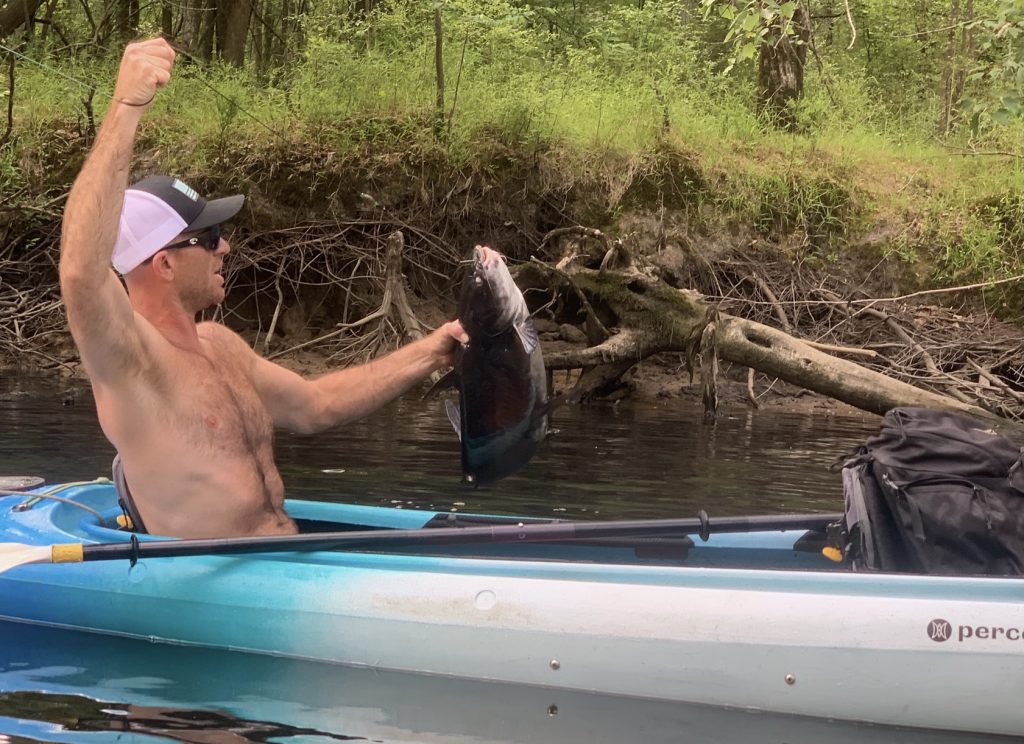African savanna ecology: ENV323/623 meets big animals
ENV323/623 is in Kruger National Park this week studying biodiversity and climate change. Only in the last 10,000 years have humans interacted with biodiversity in the absence of megafauna. This week students embedded with trophic diversity intact. The student blog is here.
Contributors are Francesca Chiappetta, Yikai Jing, Grace Tregidgo, Yu Hai, Jacob Carnes, Xuening Tang, Eliza Carter, Erel Amit, Bryan Graybill, Yuntian Bi, Natalie von Turkovich, Ross Fly, Matt Morris, Meech Carter, Nat Blackford, Elise Boos, Marisa Fajardo, Chloe Ochocki, Sara Haas, Sasha Iturralde, and Miao Hu
Admin by Eliza, Meech, and Sasha












